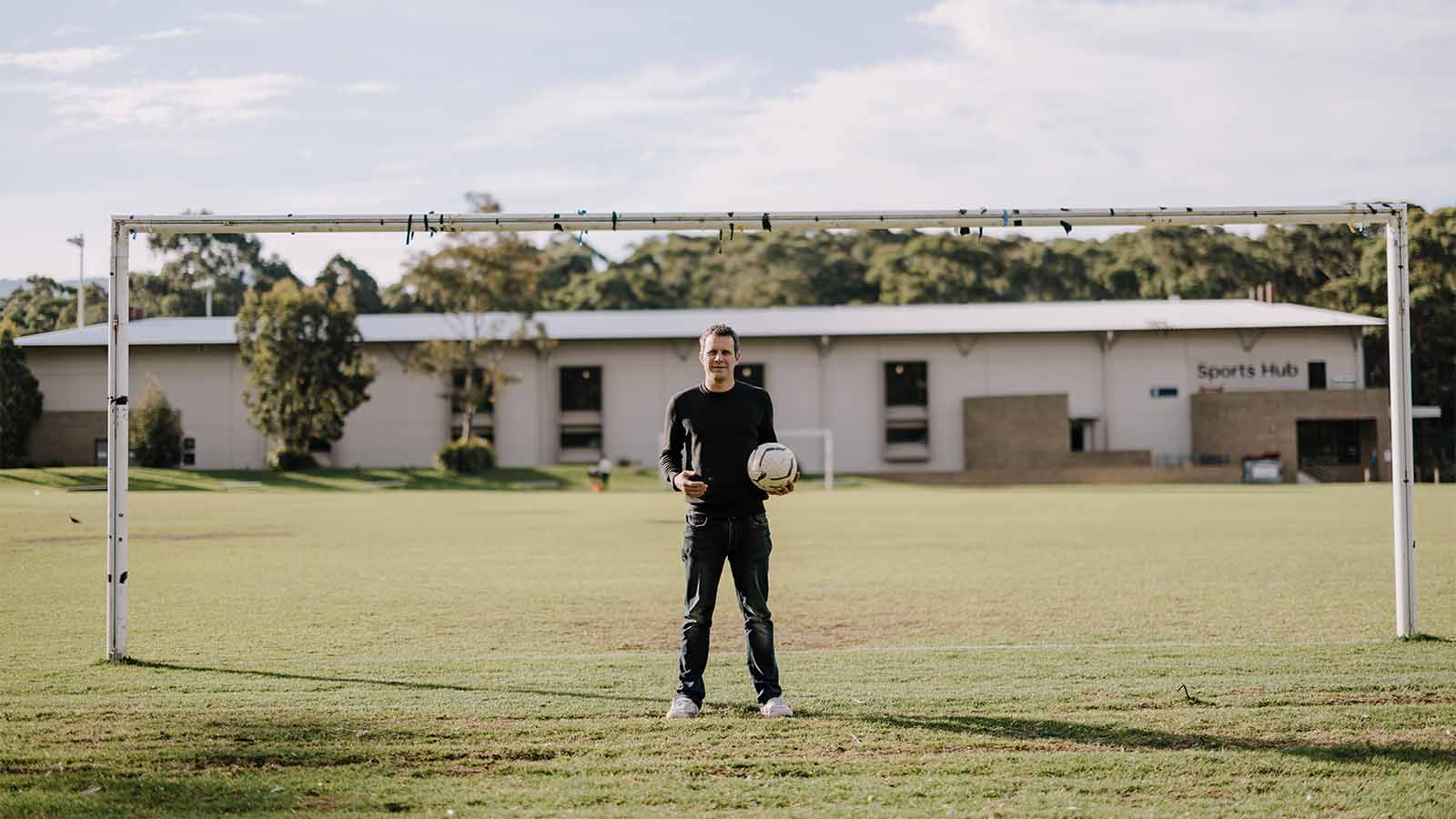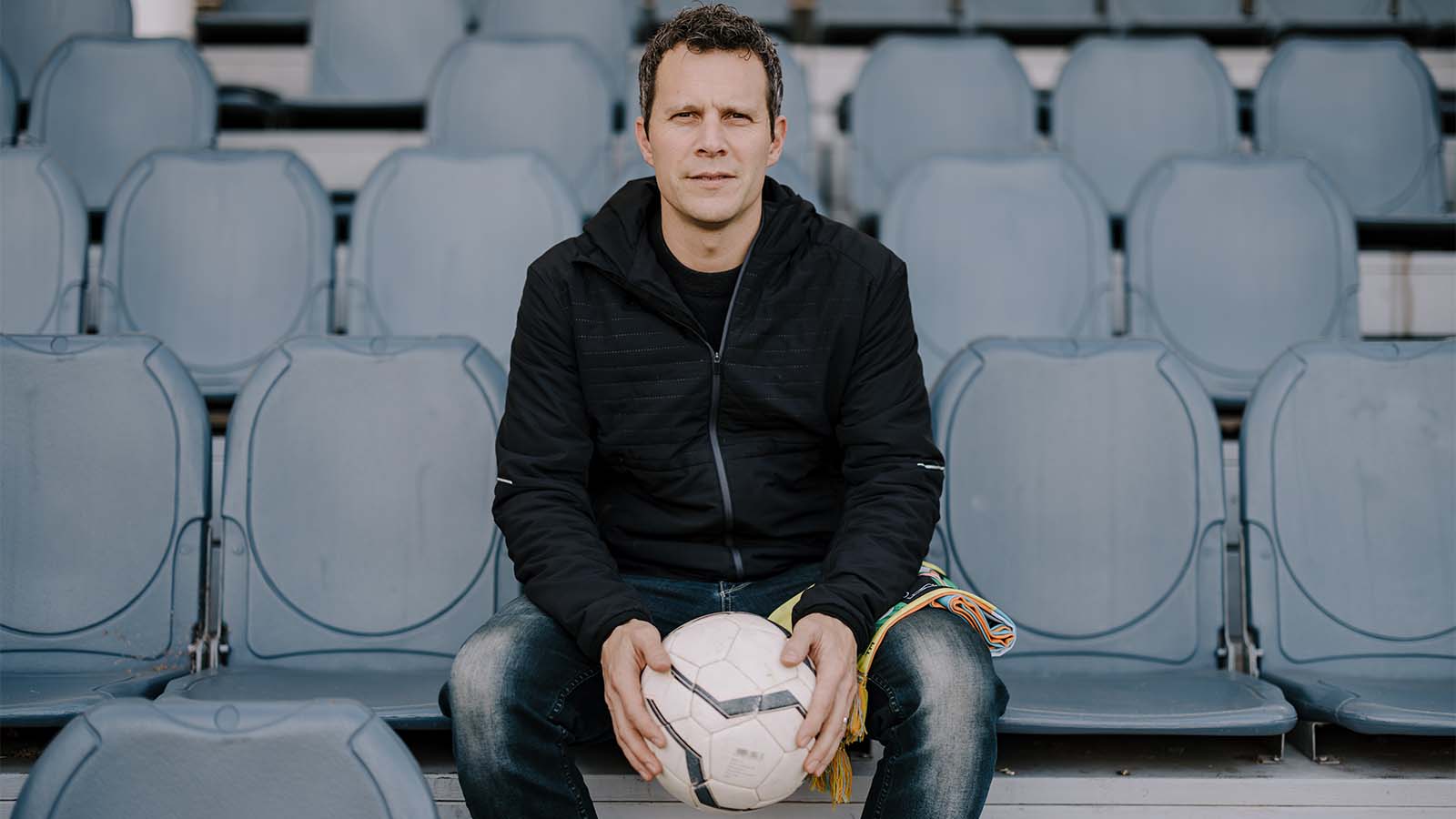Unlocking the full potential of female athletes
New research from UOW is aiming to revolutionise training for women in sport
July 19, 2024
Despite growing momentum of women’s sport, female athletes still lack the full support they need to thrive, says UOW’s Associate Professor Ric Lovell.
Dr Lovell, a sports scientist in the School of Medical, Indigenous and Health Sciences, is leading ground-breaking research to enhance training and conditioning for female footballers (soccer players).
“Over the last few years, there has been significant investment in the women's game and its professionalisation, but we face a substantial gender data gap,” he says. “We are training female athletes based on historic guidelines derived from the physiology of a 70-kilogram white male.”
Dr Lovell and his team aim to understand how differences in female physiology affect training responses and the best ways to optimise training to meet the performance and welfare needs of female players.
“The physiology of female muscle is different, so we might expect our female athletes to adapt and recover quite differently,” Dr. Lovell explains.
“We are examining fundamental training principles, such as the optimal times for training and match scheduling. We also need to recognise and understand the role of female reproductive hormones - whether from natural menstrual cycles or hormonal contraception - and whether tailored support around sleep or nutritional interventions can reduce symptoms and foster optimal performance and wellbeing."
 Dr Ric Lovell is a sports scientist at UOW. Picture: Michael Gray
Dr Ric Lovell is a sports scientist at UOW. Picture: Michael Gray
The team is currently conducting a study in collaboration with three NSW National Premier League football clubs, tracking the performance and physiological responses of elite footballers to identify potential patterns related to menstrual cycles.
“Every week the players do pragmatic fitness assessments, where we track their movement signatures, heart rates, training loads and how hard and fast they're working in games,” he explains. “We want to see if there's any associations with menstrual cycle phases, symptoms, and not just their performance, but also their perception of performance."
The data so far
Previous studies have explored links between menstrual cycles and performance levels across various sports, but relatively few have focused on football due to its dynamic nature.
“In other sports like running, for example, over a third of runners will either skip their normal run or significantly reduce the intensity or volume during certain phases due to female-health symptoms,” Dr Lovell says.
The new study is among the first of its kind in Australia. Dr Lovell explains that the variables of female physiology present many challenges.
“A lot of research only looks at naturally menstruating females. We can’t continue to work like that when 30-45 per cent of some squads use hormonal contraception to alleviate symptoms or manage cycles,” he says. “While we can’t study every type of hormonal contraception in this research, we’ve aimed to collect as broad a range of information as possible.”
 Picture: Michael Gray
Picture: Michael Gray
The future of female sport
Dr Lovell hopes his team’s research will help to “re-write the rulebook” for training professional sports teams.
“Currently, around 70 per cent of coaches in the women’s game are male, bringing experience and education from men’s football, and applying it to the female game, sometimes just reducing the duration or intensity,” he says.
“However, reducing these training parameters may do a disservice to female athletes. Despite physiological differences, men and women play the same game. The pitch and goals are the same size and the rules are identical."
“If you look at the data from the 2018 Men’s World Cup and 2019 Women’s World Cup, the distances covered in games are essentially the same for both male and female matches. It’s about identifying the type of training that can potentially optimise results for female athletes.”
Although Dr Lovell’s research focuses on elite football, he hopes it will also break down barriers for young women playing at grassroots levels.
“We have a unique opportunity in sports science to provide robust evidence supporting education programs for young players and coaches, ensuring we do everything possible to make women's football safe.”